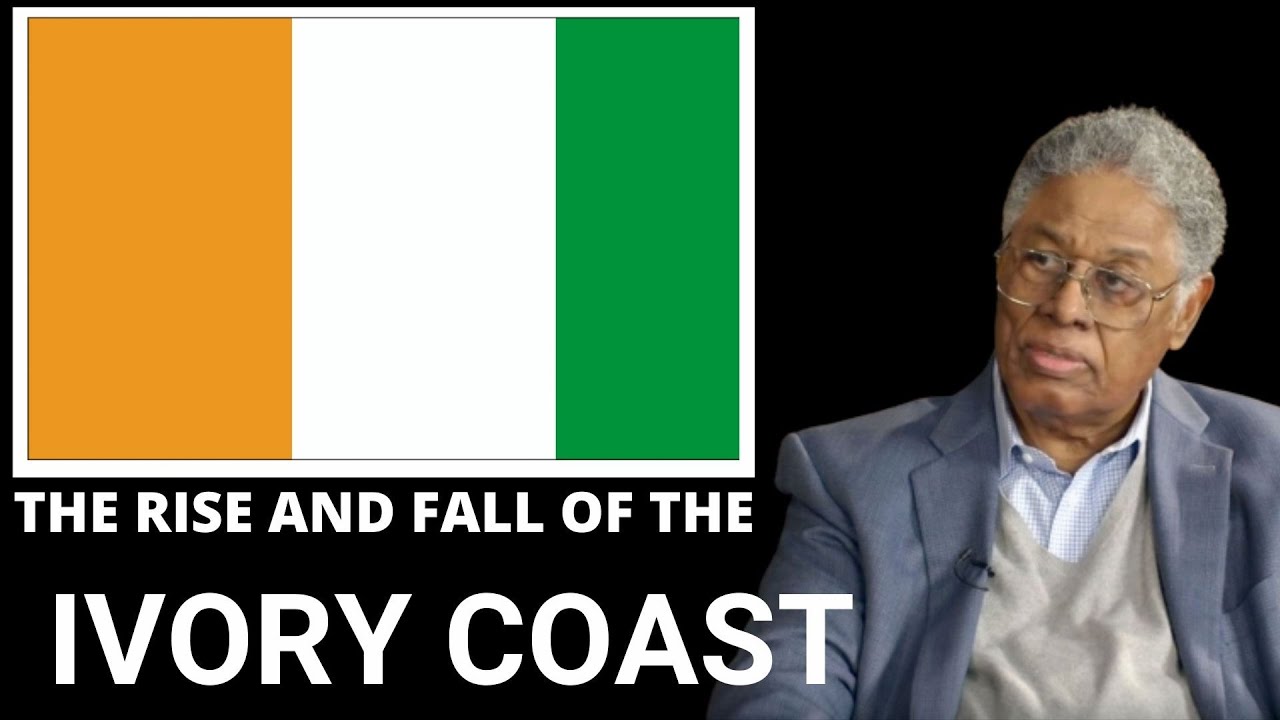Ivory Coast: A Nation Shaped by Colonial History and Independent Progress
The Ivory Coast, like many other African nations, is a product of European colonialism. Its borders divide numerous ethnic groups, with many members of these groups living in neighboring countries. This external fragmentation is mirrored internally, with the country home to 60 ethnic groups, none of which constitutes more than 15% of the population. Additionally, over a quarter of the population originates from outside the Ivory Coast, primarily from other West African nations. While there are many indigenous languages corresponding to the various ethnic groups, French remains the official language. This is a legacy of colonialism, as French is used in education, politics, and urban economy.
Commercial contacts with the region preceded colonial rule by centuries, with trade in gold, pepper, slaves, and ivory giving the region its name. The decimation of the elephant population ended the ivory trade in the early 18th century. French contact with the Ivory Coast dates back to the 15th century, with settlements appearing in the 17th century. These early interactions were vastly different from the colonial rule imposed by the French in the late 19th century.
French colonial rule brought both progress and oppression. Schools were built, the economy modernized, and fatal epidemic diseases were banished by medical science. However, the people were subjected to forced labor and taxation that forced them to work for whites, often to the detriment of their own crops. Thousands died from the rigors of this forced labor. French officials, under pressure to ensure the colonies did not burden France’s treasury, resorted to whippings, hostages, and executions to extract taxes. They also introduced cocoa as a cash crop, altering the indigenous agricultural system.
The Ivory Coast was part of French West Africa, a vast colonial empire that also included Algeria, Indochina, Martinique, and French Guiana. The French conquest of the Ivory Coast began in the late 19th century. By 1920, French West Africa had a population of 12 million, despite being nine times the size of France. Much of the Ivory Coast consisted of largely uninhabited forests, with considerable unused land even in the late 20th century.
Geographically, the Ivory Coast faced significant challenges, including a lack of sheltered harbors and navigable rivers. Seasonal rainfall variations complicated river travel, but modern railroads and canals have since improved travel and shipping conditions. Before European arrival, the people lived in small tribal groups, with their main external contact through long-distance traders. Islamic traders spread the Muslim religion into the northern regions, leaving an enduring legacy.
In the late 20th century, Islam accounted for one-fourth of the population, making Muslims twice as numerous as Christians. The country’s first president, Félix Houphouët-Boigny, was a significant figure in this history. Known for his belief in dialogue to resolve conflict, he emphasized peace, security, and individual liberty as essential for economic progress. Under his leadership, the Ivory Coast diverged from the typical post-independence trajectory of other African nations.
Houphouët-Boigny, a physician and wealthy planter, entered politics in 1944. He spent 12 years in France, representing the Ivory Coast in Parliament and becoming the first African to hold a cabinet position in a European government. His cultural assimilation muted anti-colonialism and co-opted potential indigenous leaders. After World War II, Houphouët-Boigny gained popularity for ending forced labor and introducing new civil and political rights. In 1960, the Ivory Coast became an independent republic with him as its first president.
The Ivory Coast’s post-independence policies avoided the pitfalls of other African nations. It resisted building unprofitable showcase industries, imposed few restrictions on foreign capital, and did not drive out foreigners. By the 1980s, the country had more French nationals than at independence, many in important roles in government and the economy. This pragmatic approach, including utilizing technical experts and improved seeds from other countries, led to significant economic growth.
By the 1980s, the Ivory Coast had one of the highest growth rates in the world, despite its poor natural resource base. Real per capita income grew significantly, and the country remained self-sufficient in food production. However, political pressures in the late 1970s led to economic challenges. Government investment shifted towards state-owned enterprises, financed by favorable export prices and international borrowing. When commodity prices fell and global recession hit, the Ivory Coast’s economic stability faltered.
Despite these setbacks, the Ivory Coast’s earlier successes demonstrated the impact of its pragmatic policies. The country’s economic growth outpaced many others in Africa, and its policies ensured a more balanced budget and fewer balance of payments problems. However, the long period of one-party rule eventually led to corruption and economic issues. After Houphouët-Boigny’s death in 1993, the country experienced political turmoil but continued to privatize and improve its economy.
Under President Henri Konan Bédié, the Ivory Coast saw economic recovery, with GDP growth resuming in the mid-1990s. Despite political repression and opposition crackdowns, the country’s pragmatic approach to economic policy continued to yield results. The Ivory Coast’s history is a testament to the complex legacy of colonialism and the impact of pragmatic leadership in post-independence Africa.
